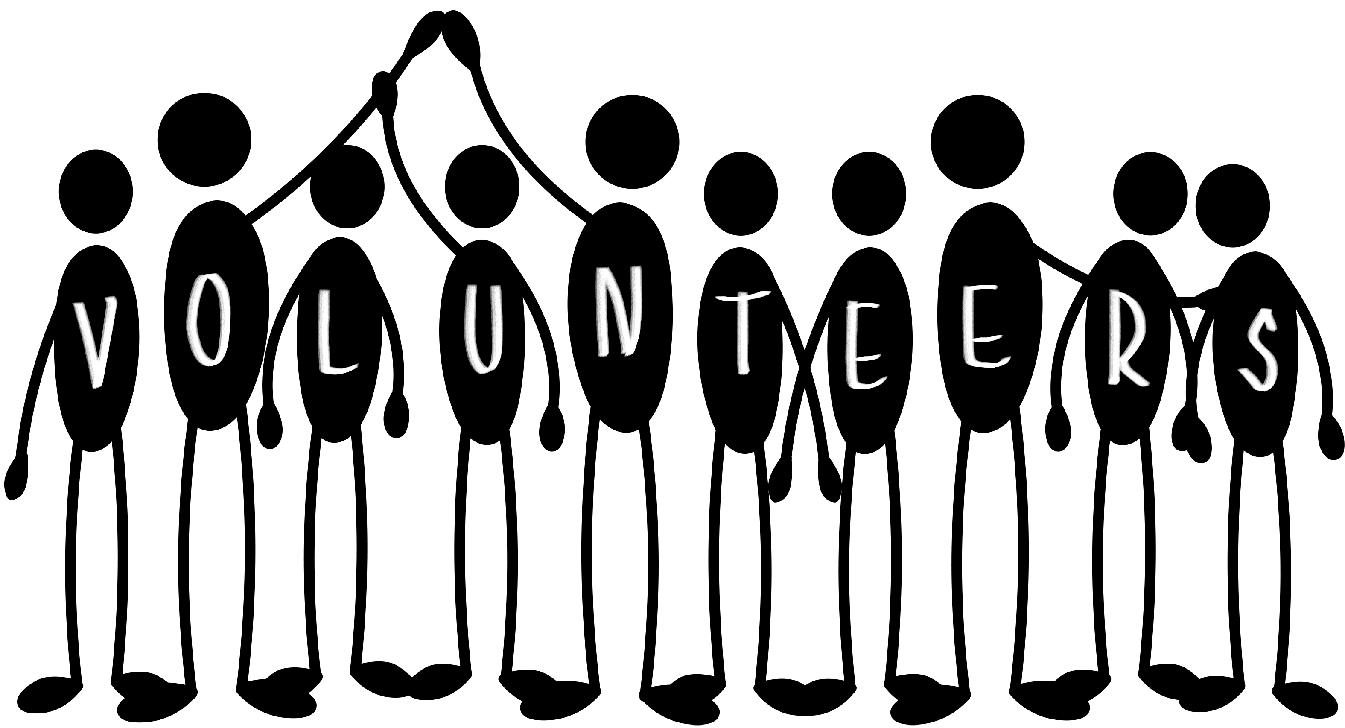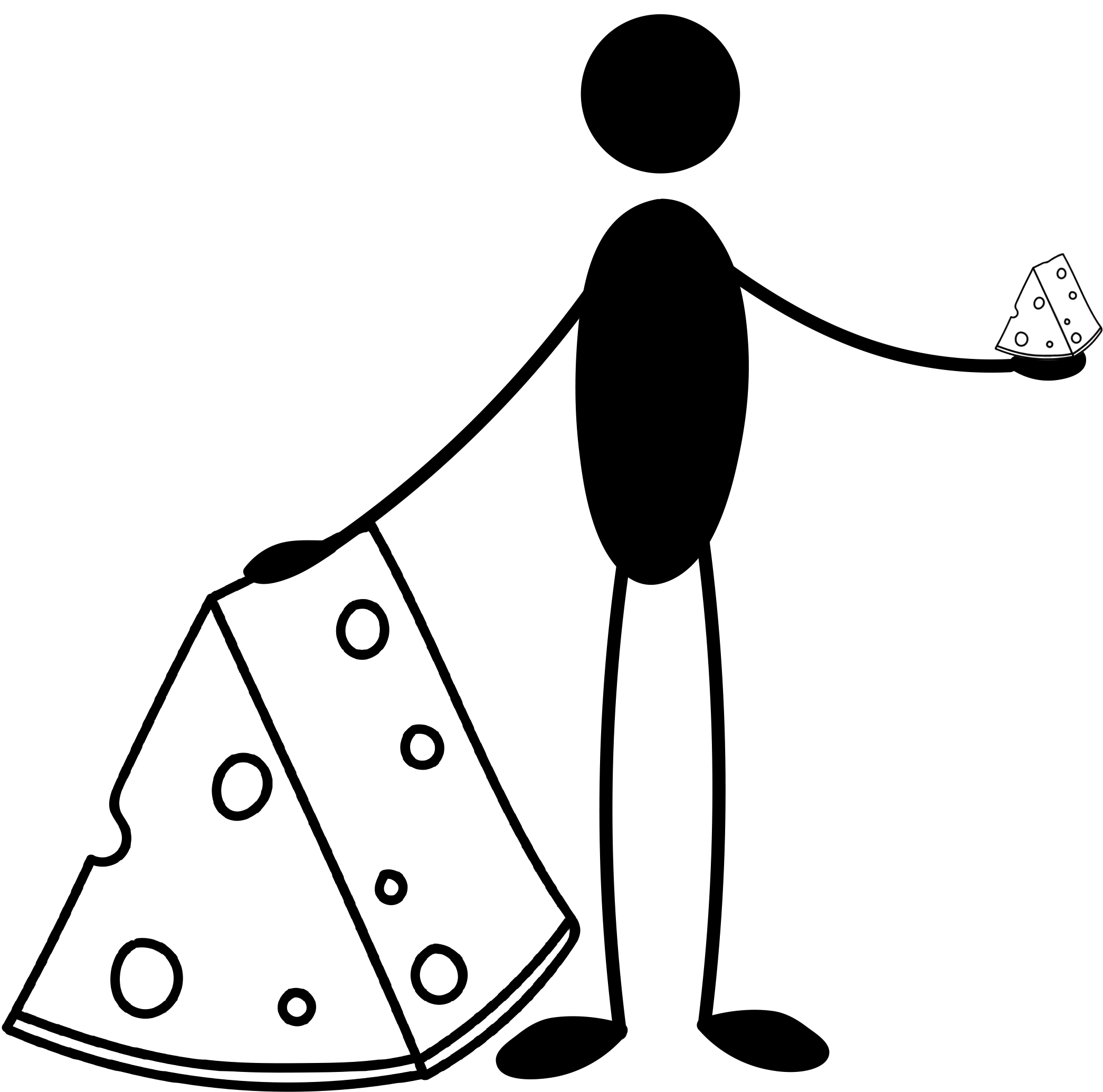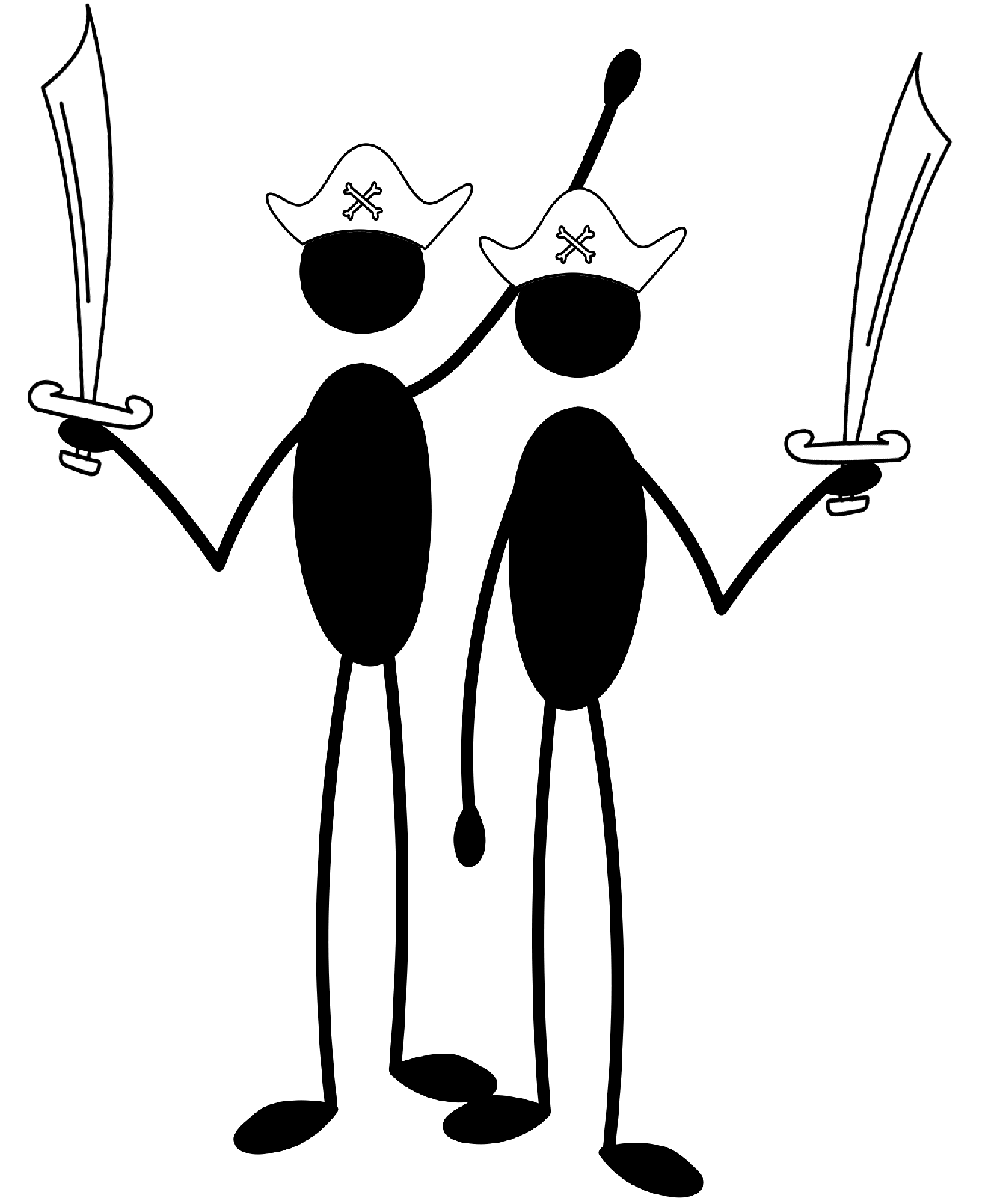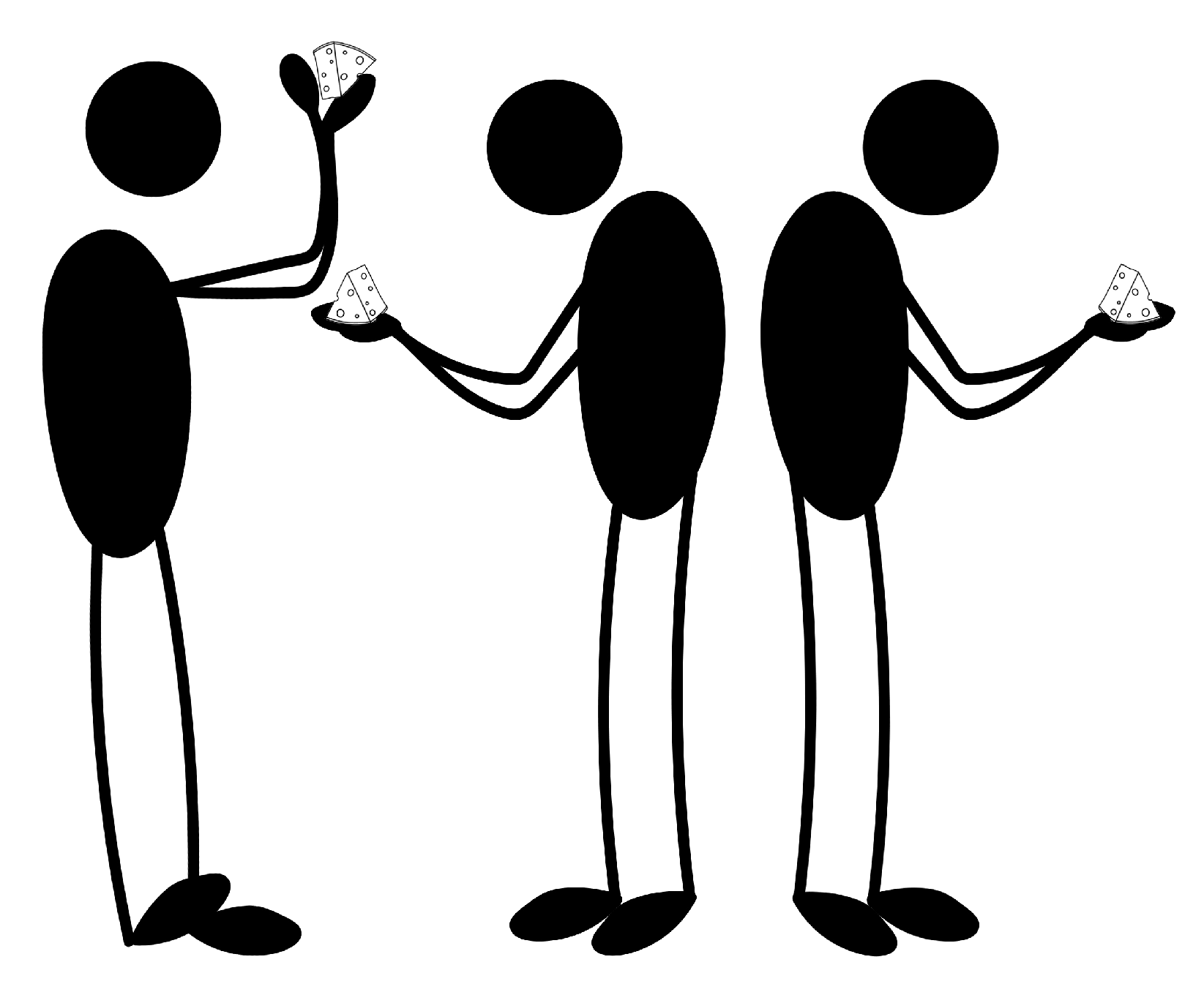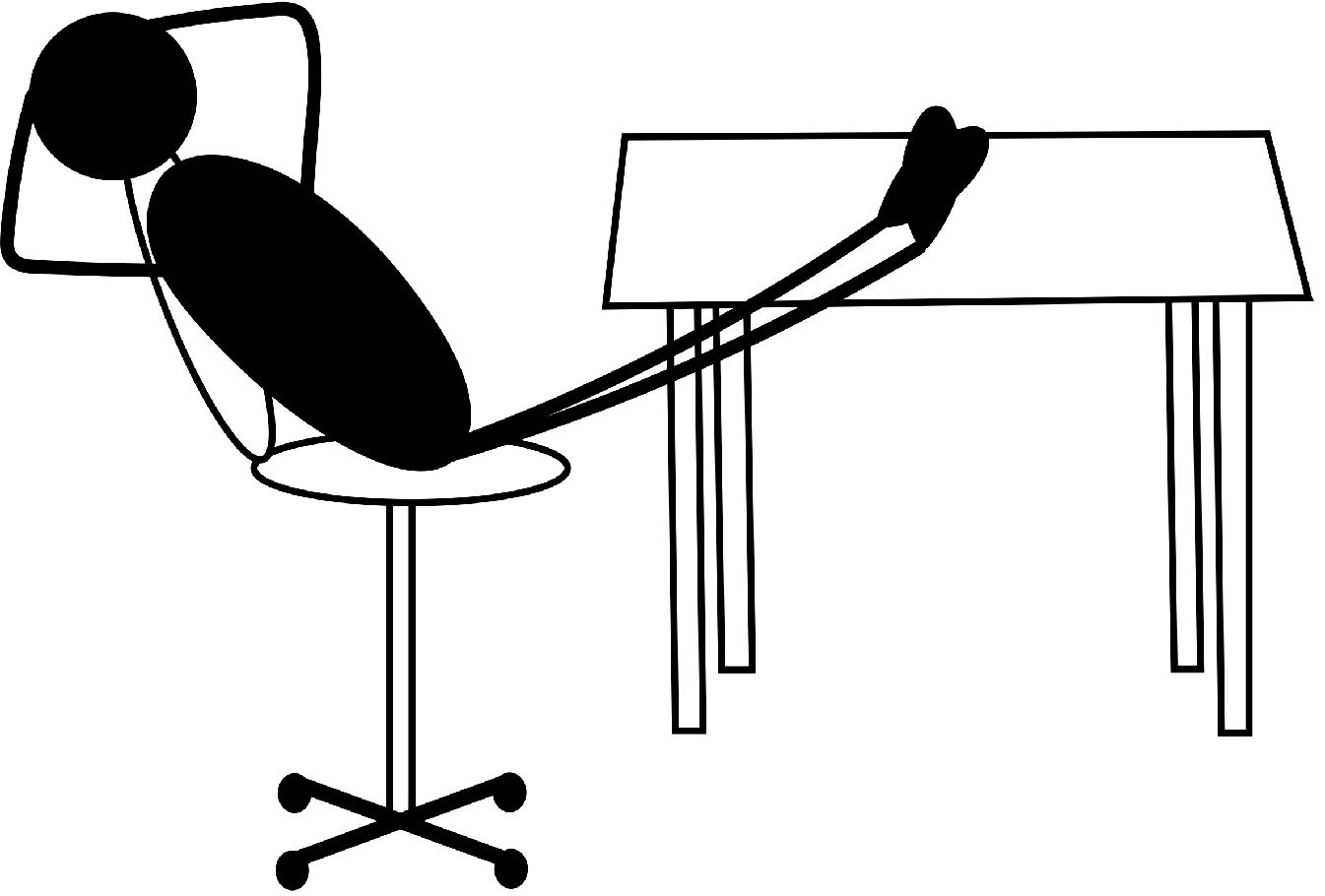Tools from the book
A list of tools with links to the PET of the Week blog describing them in more detail and the detailed guide from Professor Eddie Obeng’s Pentacle The Virtual Business School.
5Ps - Page 42
Types of Change - Page 27&31
How to align the team on the new project, activity or communication and ensure everyone is clear on purpose and desired outcome
Do you know what type of change you have and how best to approach it? Do you know what type of leadership it needs and how to assign your team to the right types of task?
GapLeap - Page 69
ISWON - Page 52
A business case in 20 minutes that everyone will agree to. Don’t believe me? Why not try it out with your team?
How do you make decisions? Based on risk vs outcome or based on what will happen next. A great way to ensure you make the right decision
IDQB - Page77/87
SlizedBread - Page 70
Have you got an idea? How do you know it’s a good idea? Use this tool to make your idea even better and ensure everyone will love it
Are you facing an ogre who keeps saying NO? Use IDQB to remove the emotion so it’s impossible for them to object and allow you to build a solution together
StakeholderGrid2 - Page 120
Do you really understand what actual individual people feel about your project and what they might do as a result?
Aladin-Journey - Page 110
Do you understand how your customer will interact with your product and will they do what you expect them to do next?
KatchUp - Page 170
Use for regular team meetings – Celebrate and share what you’re doing next. Daily is ideal
Hopes&Fears - Page170
Align the team on what you need to do in the meeting to progress your activities
StickySteps - Page 172
Planning back from the future but focusing on the immediate next action. Particularly useful for Quests and Foggy projects to stop you falling off a cliff!
ChunkIt! - page 171
How to prioritise all your ideas based on effort vs benefit. A quick way to assess just what you have capacity for
ActionReplay - page 184
Learn lessons as you go to avoid the things that don’t work and do more of the things that do work


